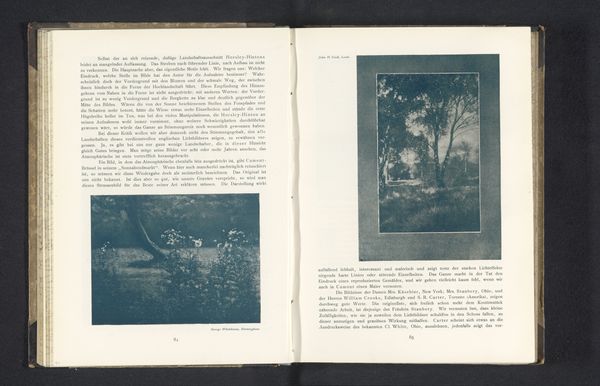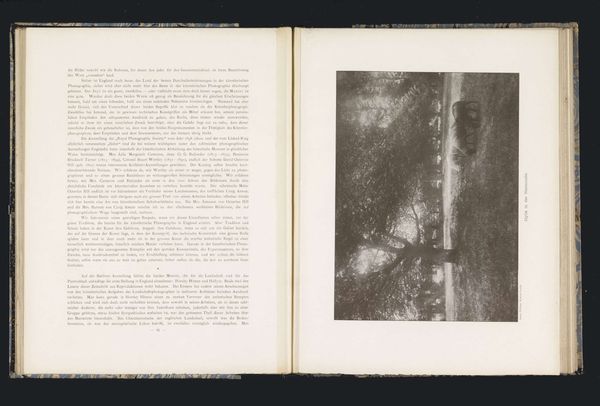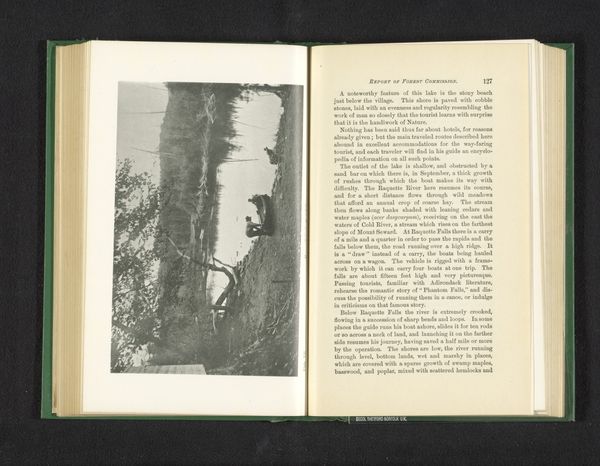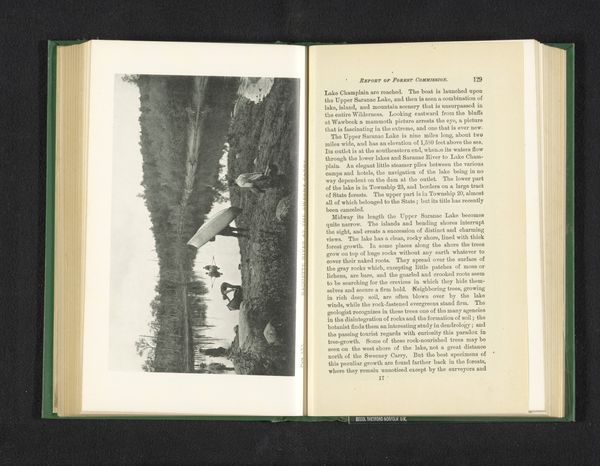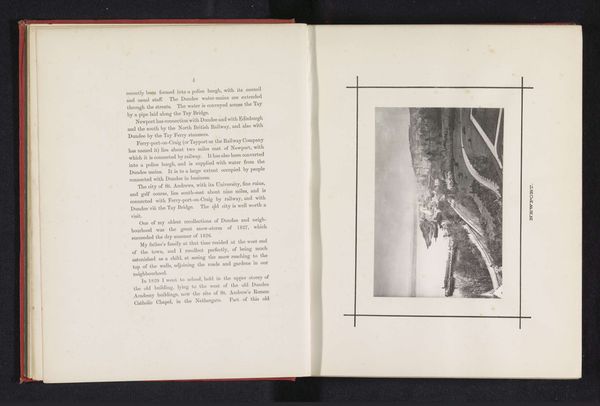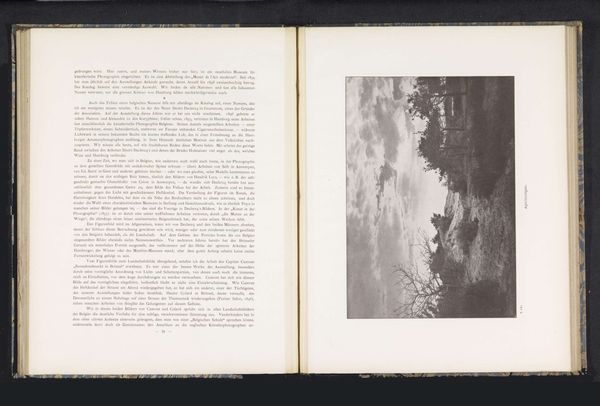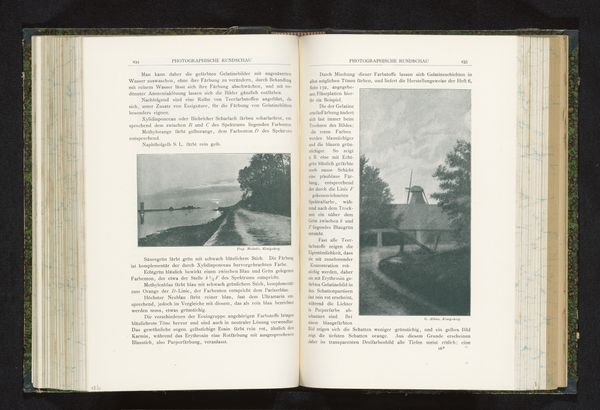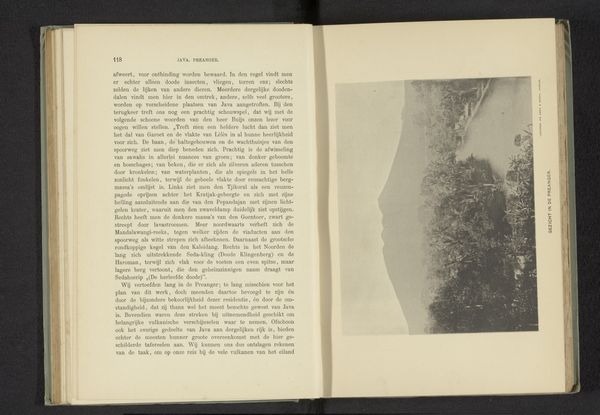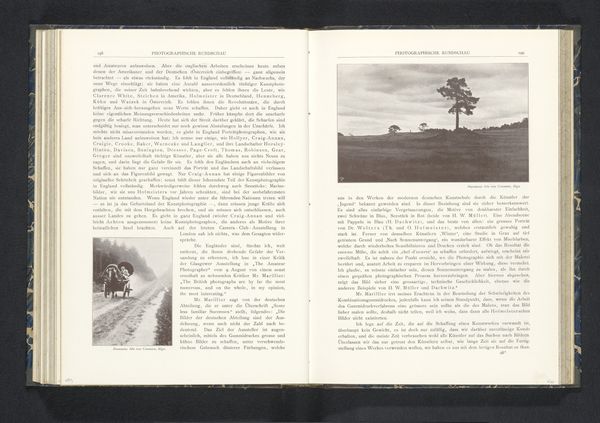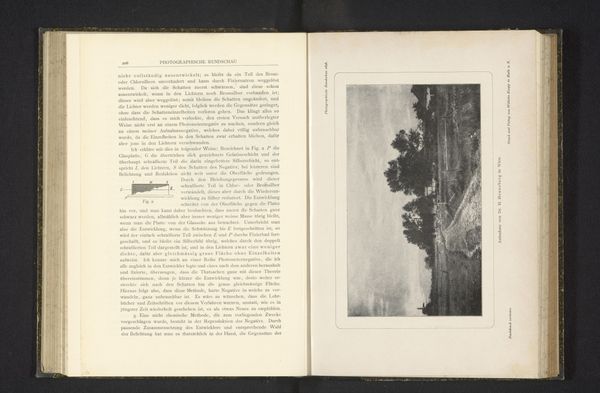
photography, gelatin-silver-print
#
lake
#
landscape
#
photography
#
gelatin-silver-print
#
cityscape
#
realism
Dimensions: height 96 mm, width 125 mm
Copyright: Rijks Museum: Open Domain
Editor: Here we have J. Seiberth’s "Gezicht op de Brienzersee met een stoomboot," taken sometime before 1903. It's a gelatin silver print showing a steamboat on a calm lake surrounded by mountains. It has a very tranquil and picturesque feel. What draws your attention to this work? Curator: It is fascinating how the materiality of gelatin silver print mediates our perception of the landscape. Consider the historical context: photography provided new means to mass-produce landscape images, enabling wider consumption and contributing to the Romantic fascination with nature. Do you think this method impacts the experience, or, dare I say, commodification of nature? Editor: I can see how the availability of gelatin silver prints made experiencing these landscapes more accessible. Is the print's material affecting the aesthetic qualities, influencing viewers? Curator: Exactly. Gelatin silver prints, through their unique production process and inherent tones, shape how we perceive depth, light, and texture. This process flattens the image; thus the vastness of the landscape is condensed, rendered consumable. We can see photography, with its dependence on chemical and industrial processes, turning something "natural" into an industrial commodity. Does this commodification of nature change the landscape tradition itself, in your opinion? Editor: Yes, it’s almost a simulation or copy. I hadn't really thought about how this artwork also relies on specific material processes, industrial labor, and economic accessibility. Curator: Absolutely. Recognizing the intricate link between the medium and how it affects the message provides a far deeper engagement with any work of art. Now, can you picture other examples of such influence?
Comments
No comments
Be the first to comment and join the conversation on the ultimate creative platform.
